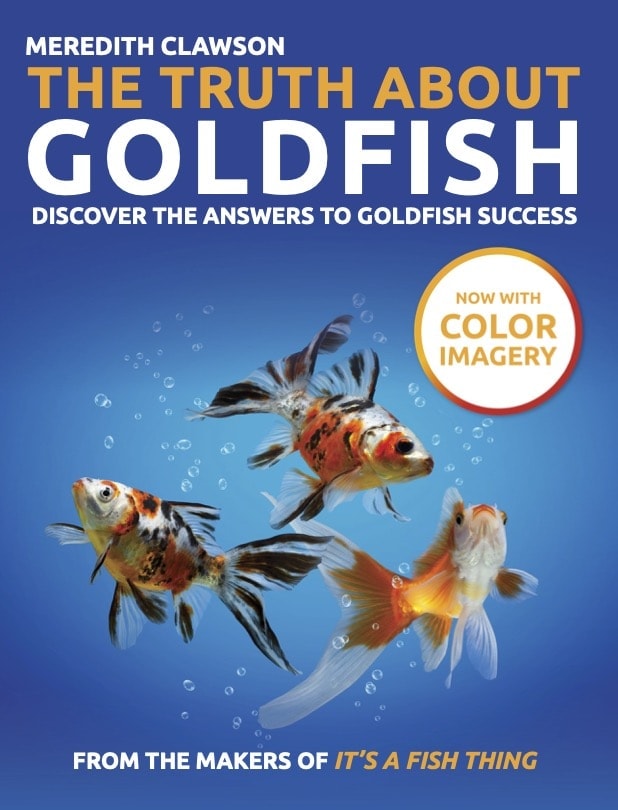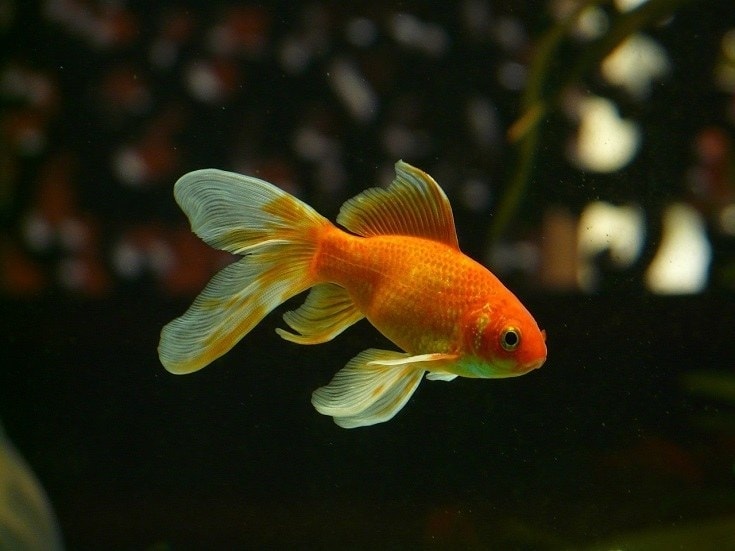Costia Disease in Goldfish: Vet-Reviewed Causes, Signs & Treatment

Updated on
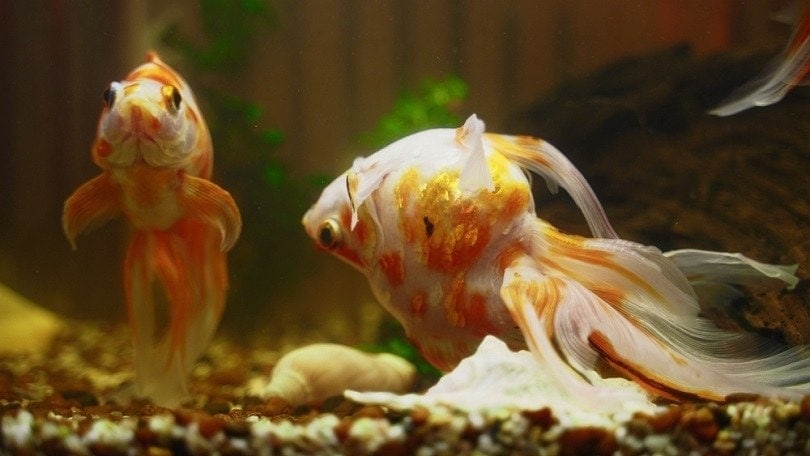
Some fish will playfully shoot around the tank, exploring bubbles and plants. However, this behavior can also be flashing, which involves the fish rapidly moving around the tank, often rubbing up against things. This is a sign that your fish is in pain or itchy and they’re attempting to relieve it.
There are several things that can cause flashing, and one of those things is Costia disease. If you’ve recently brought new fish into your tank and you see flashing, your fish may have Costia disease.
What is Costia Disease?
Costia disease isn’t technically a disease and is actually an infestation of a protozoan called Ichthyobodo. Costia disease is a somewhat outdated term, and this parasitic infection is more commonly called Ichthyobodiasis. This disease should not be confused with the more common Ich, which is also a protozoan, but it is named Ichthyophthirius multifiliis.
Some studies have indicated that many healthy fish have this parasite living on their scales and gills, but this doesn’t harm the fish. It’s believed this is because the fish’s immune system is able to keep the parasites in check. This infection is passed from fish to fish, and these protozoans can survive in the water without a host for a period of time. In fact, they are resistant to drying out and can become dormant if dried out, only to come out of the dormancy once back in water.
Bringing new fish into your aquarium carries the risk of bringing in Costia disease. It’s possible to do everything correctly and still end up with Costia disease since fish can potentially be asymptomatic carriers. These protozoans attack the fins, scales, and gills of fish, and can be deadly if left untreated.
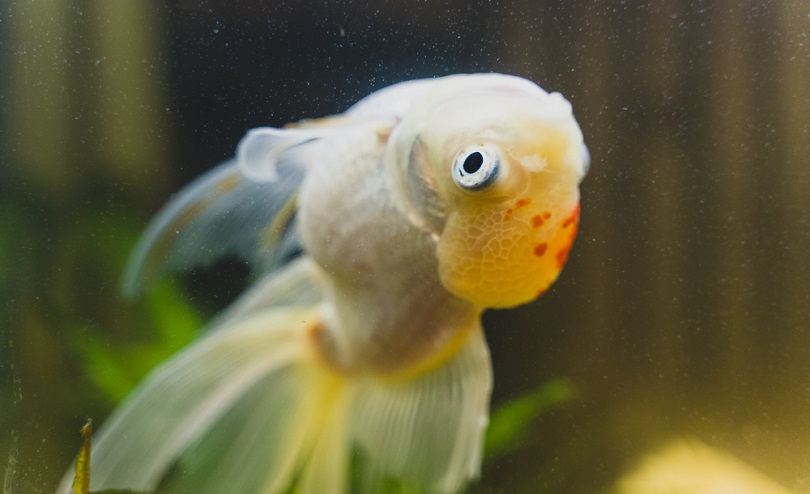
What Are the Signs of Costia Disease?
Flashing is a sign of Costia disease and becomes more common with more severe infections. The most noticeable sign of Costia disease is irritation to the gills and fins. This irritation will begin to develop into raw spots that often take on a milky pink or red appearance. The Ichthyobodo are not visible to the naked eye, so you won’t be able to see them in your tank or on your fish.
Anorexia and weight loss are common signs, even before any skin or scale problems are visible. Infected fish may become listless and are at an increased risk for developing other infections and illnesses while their immune defenses are down. Thickening of the gills may be noted as well as a fusion of the secondary lamellae, which is one of two sheets of tissue that lie below the gills and aid in getting oxygen into the bloodstream. Overproduction of mucus and slime coat may be seen as well.
Over time, this disease can lead to death by malnutrition, complications of a secondary infection, or respiratory distress related to damage to the gills. Catching Costia disease early gives your fish the best chance of survival.
If you suspect your fish is sick and want to ensure you provide the right treatment, we recommend that you check out our best-selling and comprehensive book The Truth About Goldfish on Amazon today. It has entire chapters dedicated to in-depth diagnoses, treatment options, a treatment index, and a list of everything in our fishkeeping medicine cabinet, natural and commercial (and more!)
How Can You Treat Costia Disease?
Treating Costia disease is relatively easy to treat if caught early enough. When caught early, fish can be treated with malachite and formalin or potassium permanganate.
Because this parasite has a direct life cycle (completes its entire life cycle on a host fish), one treatment protocol is usually sufficient. However, reinfection can occur if you introduce new, asymptomatic carrier fish to your aquarium in the future. This can be circumvented with a good quarantine protocol.
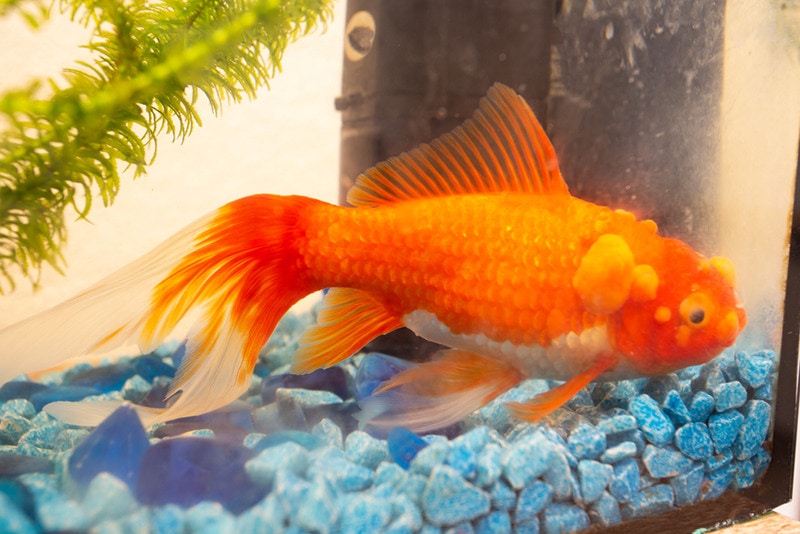
How Can You Prevent Costia Disease?
Costia disease is not always preventable since it can be carried by fish that don’t have any symptoms. The only surefire way to prevent these parasites is by not bringing in any new fish. If you do decide to bring new fish into your tank, the best means of prevention is quarantining your new fish for 4-6 weeks or longer. This will allow you plenty of time to watch the new fish for any signs of illness or parasites.
It isn’t uncommon for fish to catch diseases prior to sale. The illnesses spread rapidly due to the close proximity of fish to each other. Quarantining new fish is a good habit to get into so you can closely monitor for indications of any problems.
In Conclusion
Costia disease is an ugly disease that can be extremely deadly if left untreated. It’s important to do routine visual inspections of your fish and your tank environment. This will allow you to catch any signs of illness in your fish. You can monitor for weight loss, activity level, appetite, and wounds. All of these can be indicators of a problem.
Even the most well-kept tank is not guaranteed to be free of these parasites, which makes it that much more important to maintain your tank. A well-maintained tank will decrease stress and keep your fish’s immunity up. Even if your fish is an asymptomatic carrier of Ichthyobodo, a healthy immune system should be able to keep a full-blown infection at bay.
Check out some of our other popular posts:
- Daphnia Culture: How to Grow Them (Beginner’s Care Guide)
- How to Get Rid of Algae in an Aquarium: What You Need to Know!
Featured Image Credit: M-Production, Shutterstock


